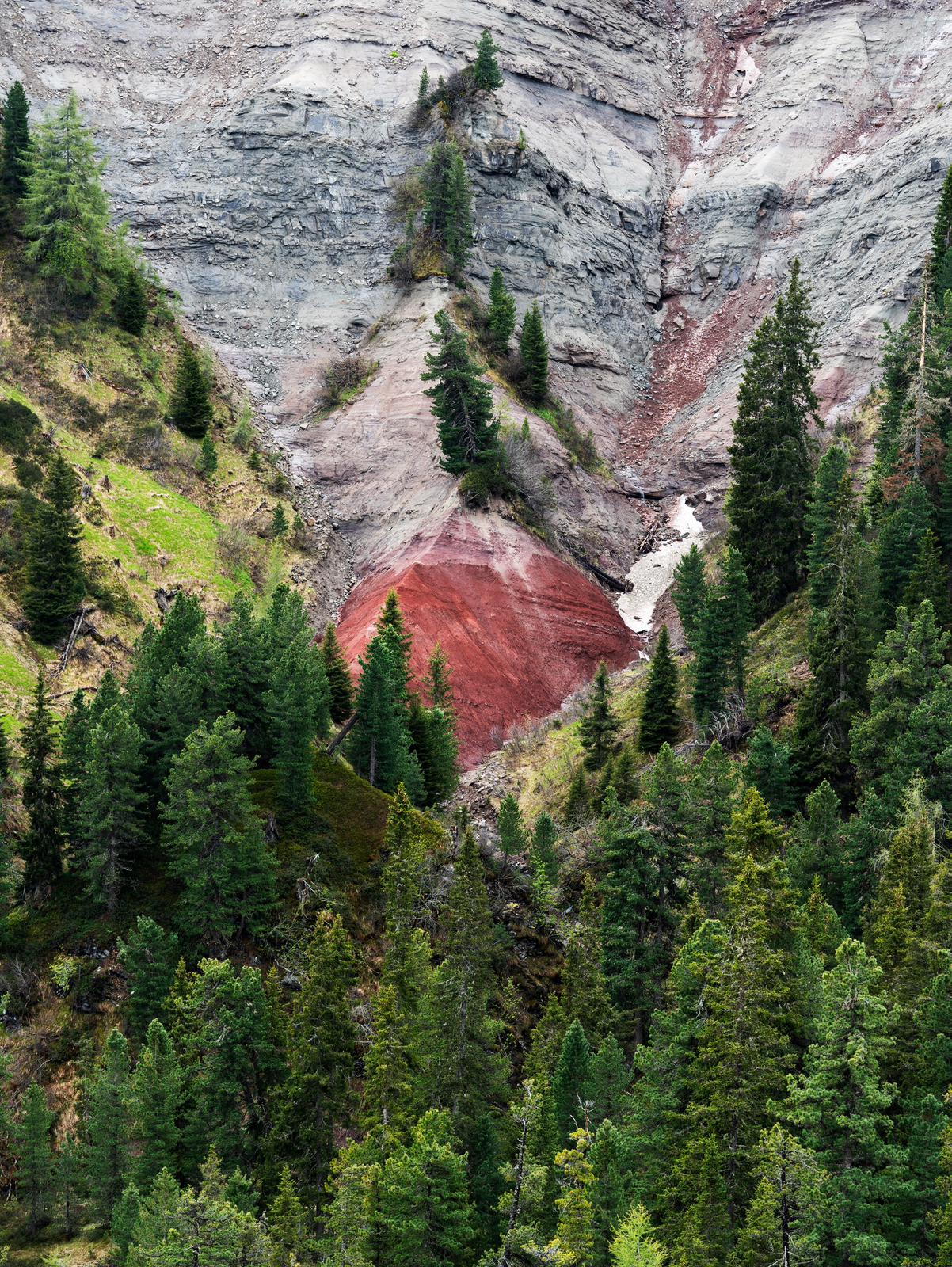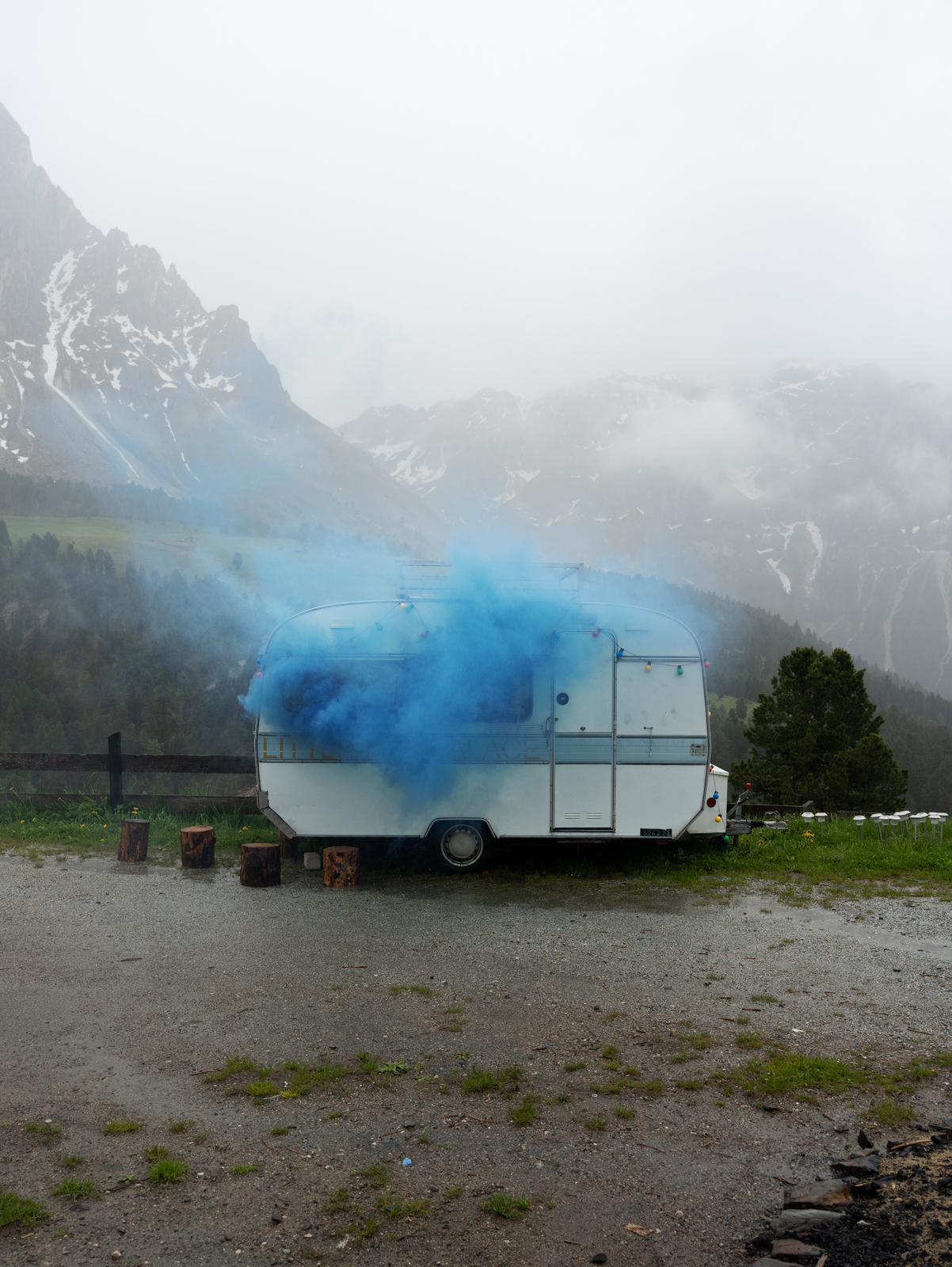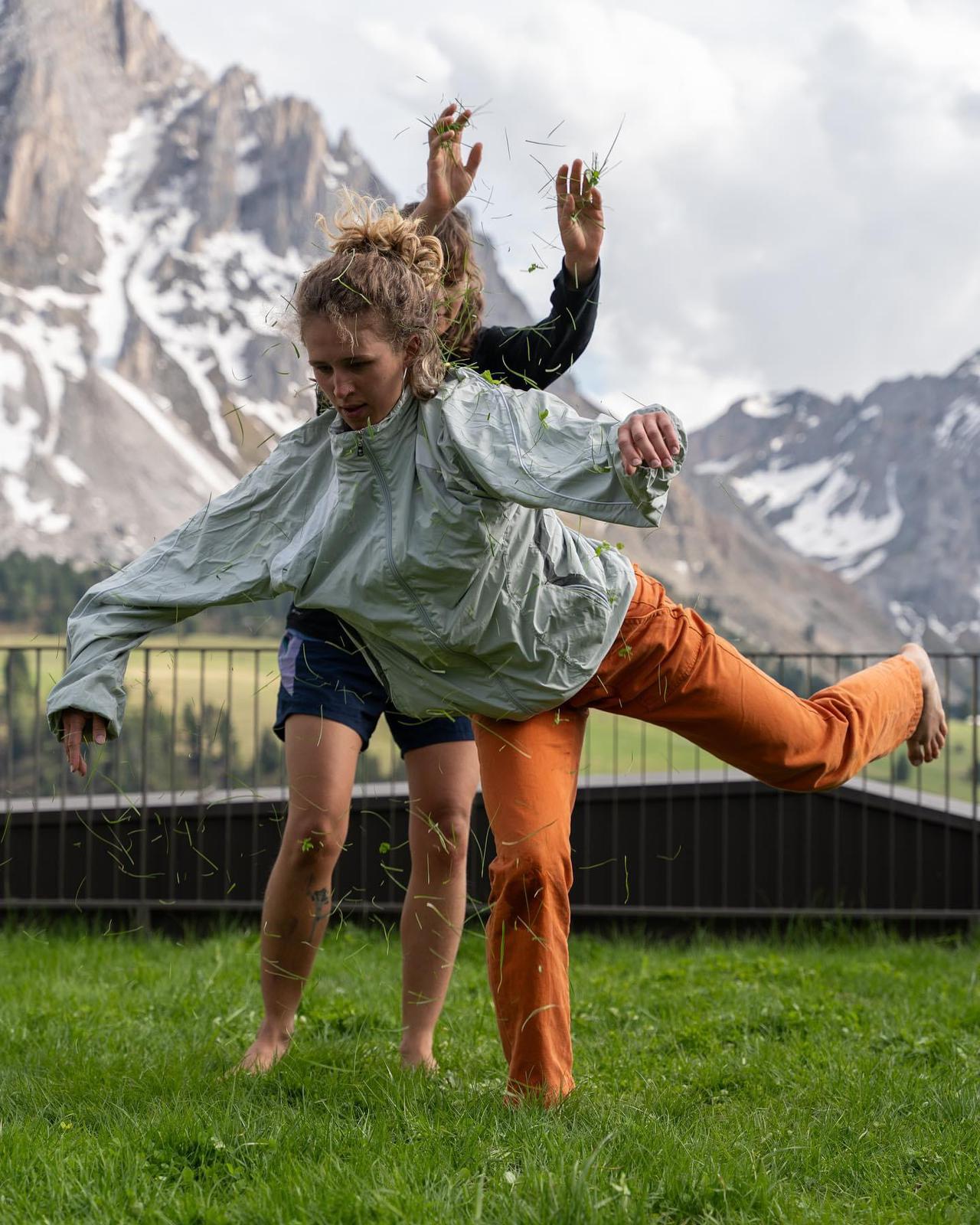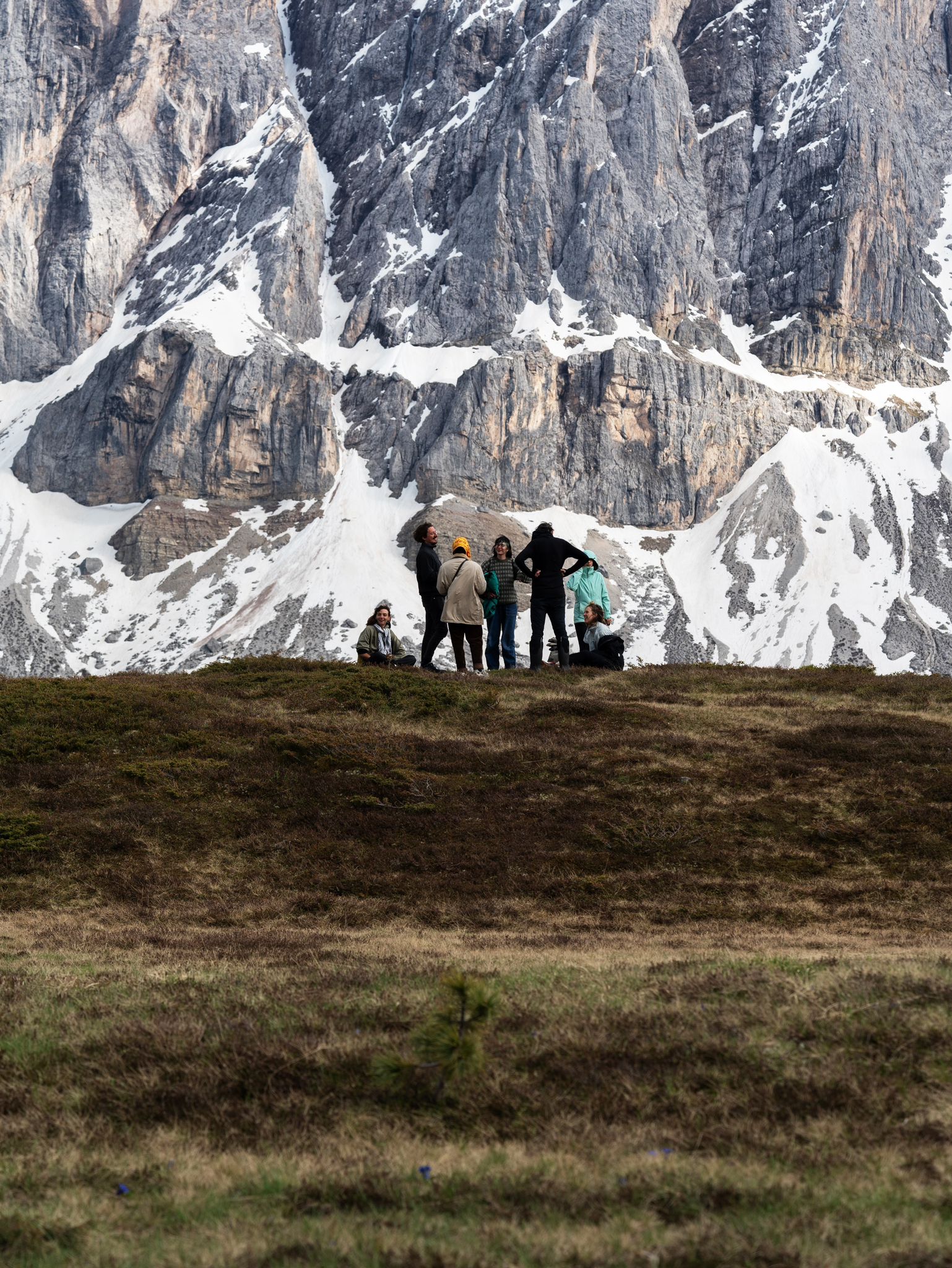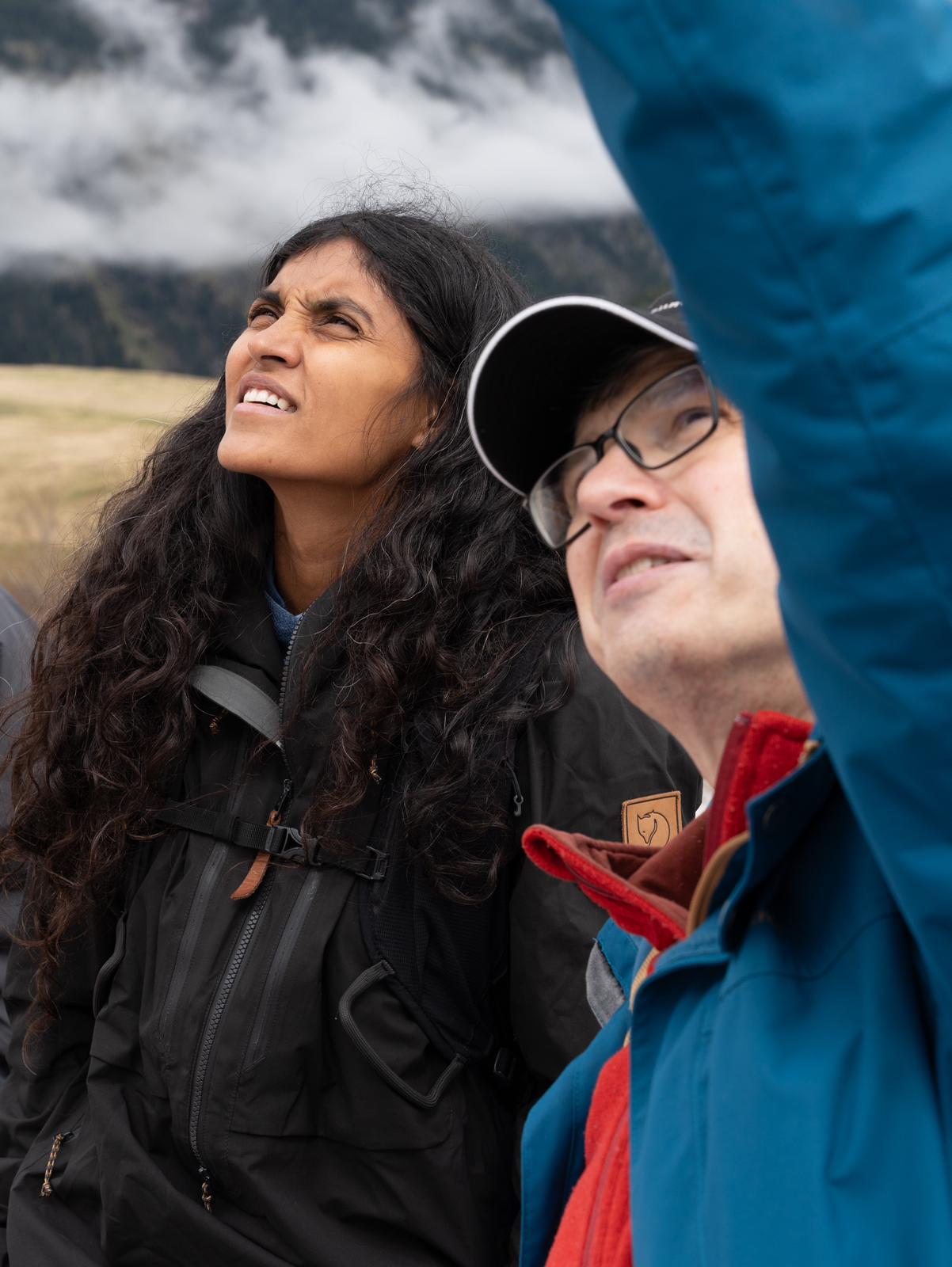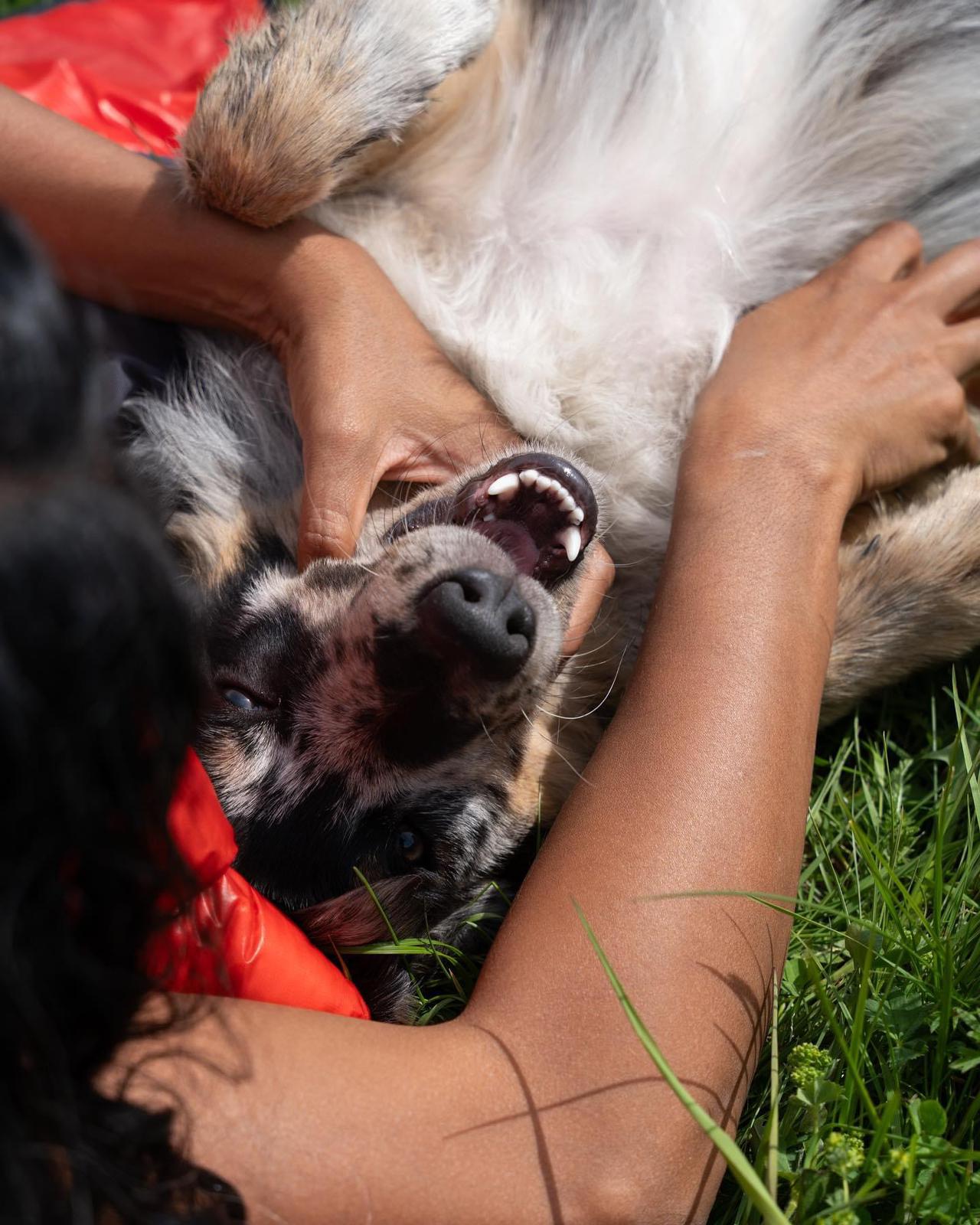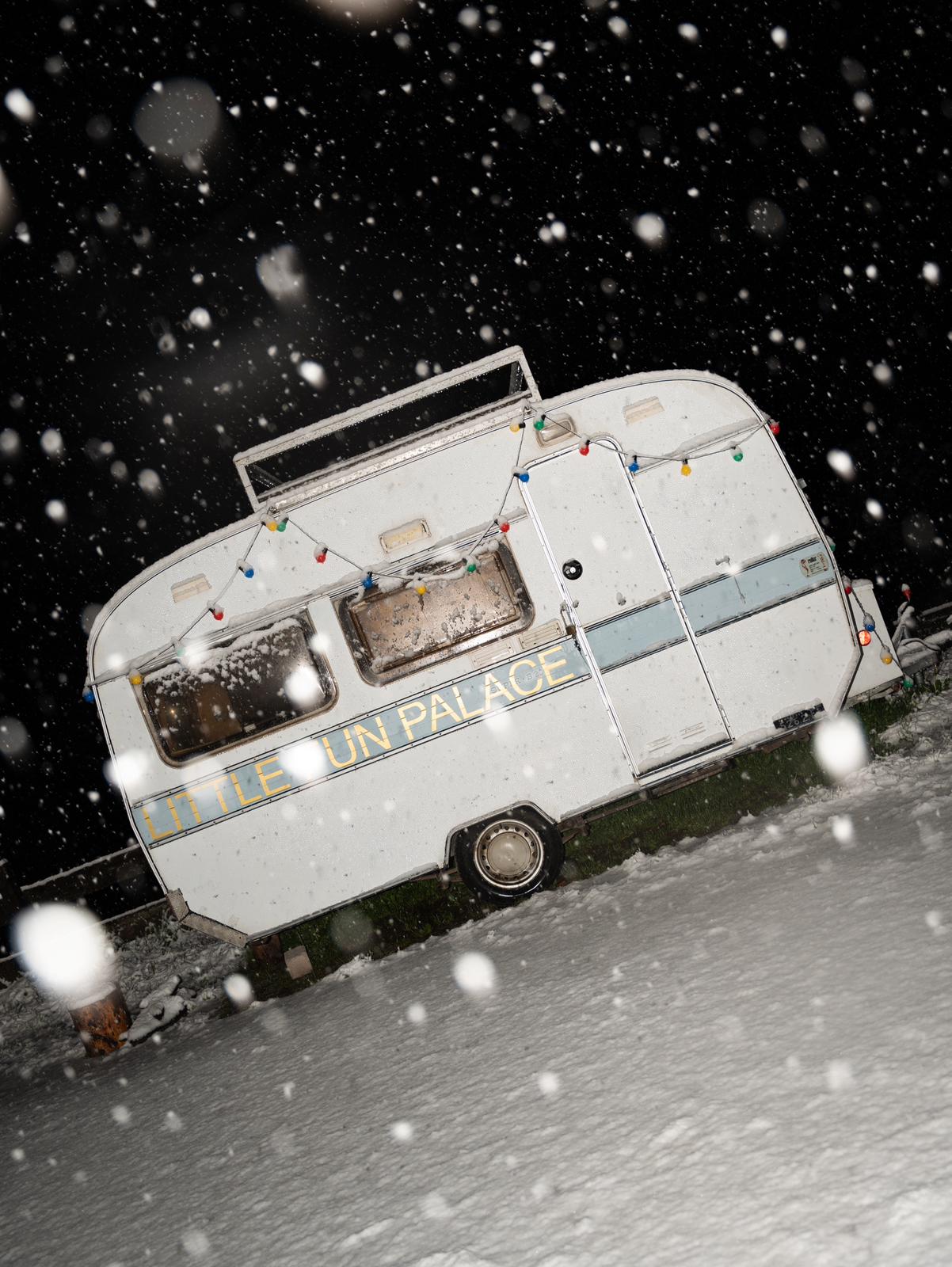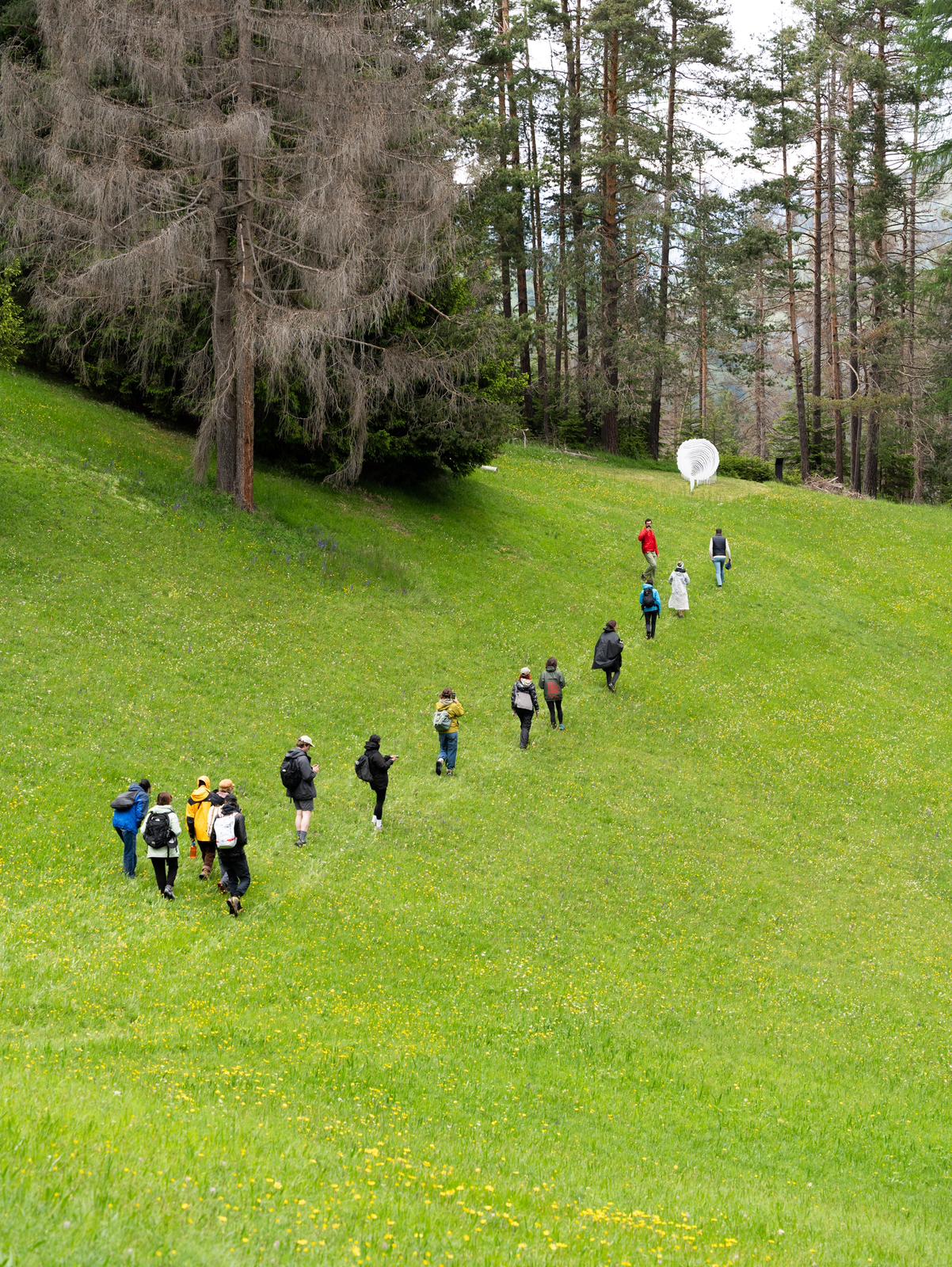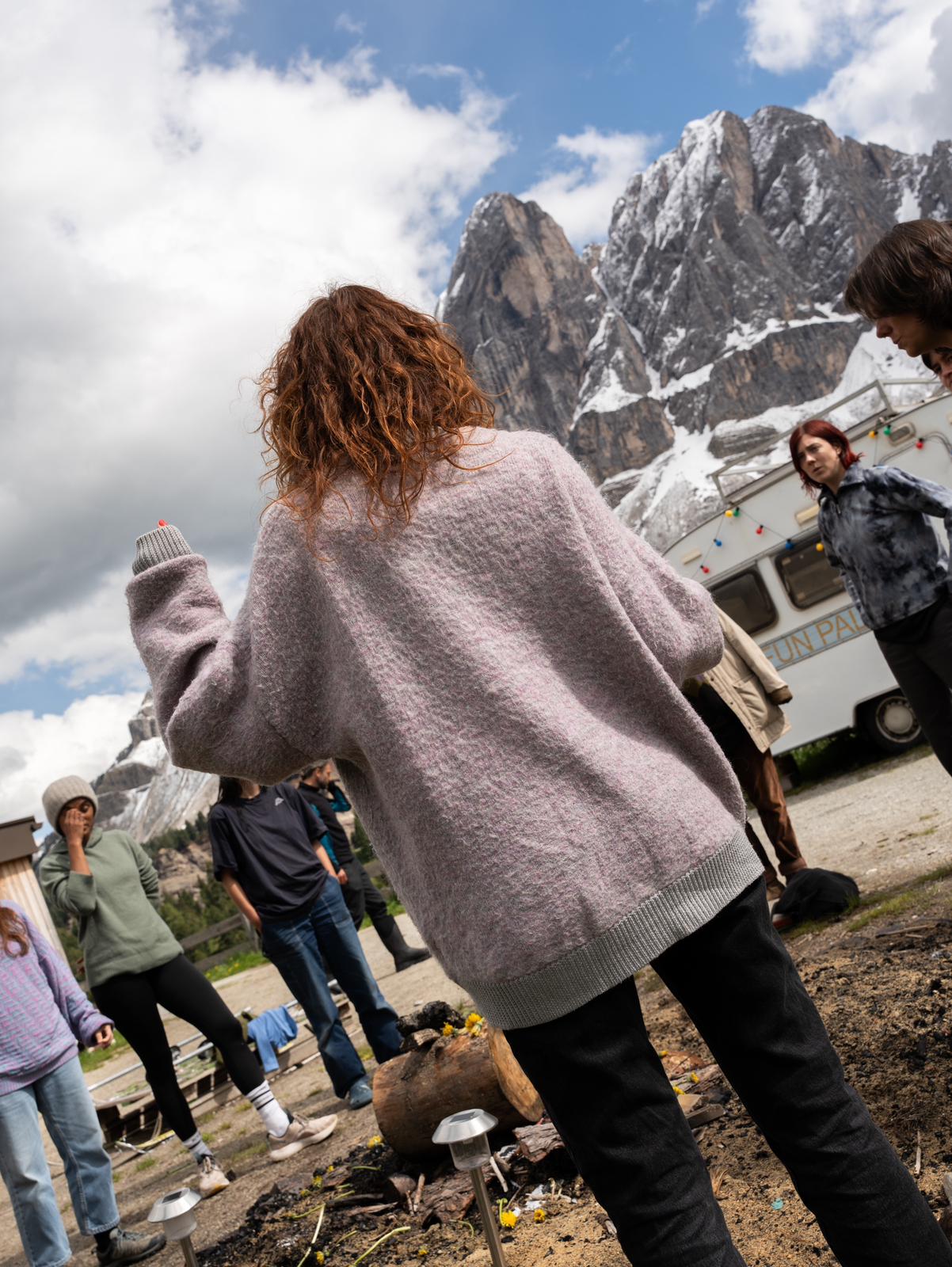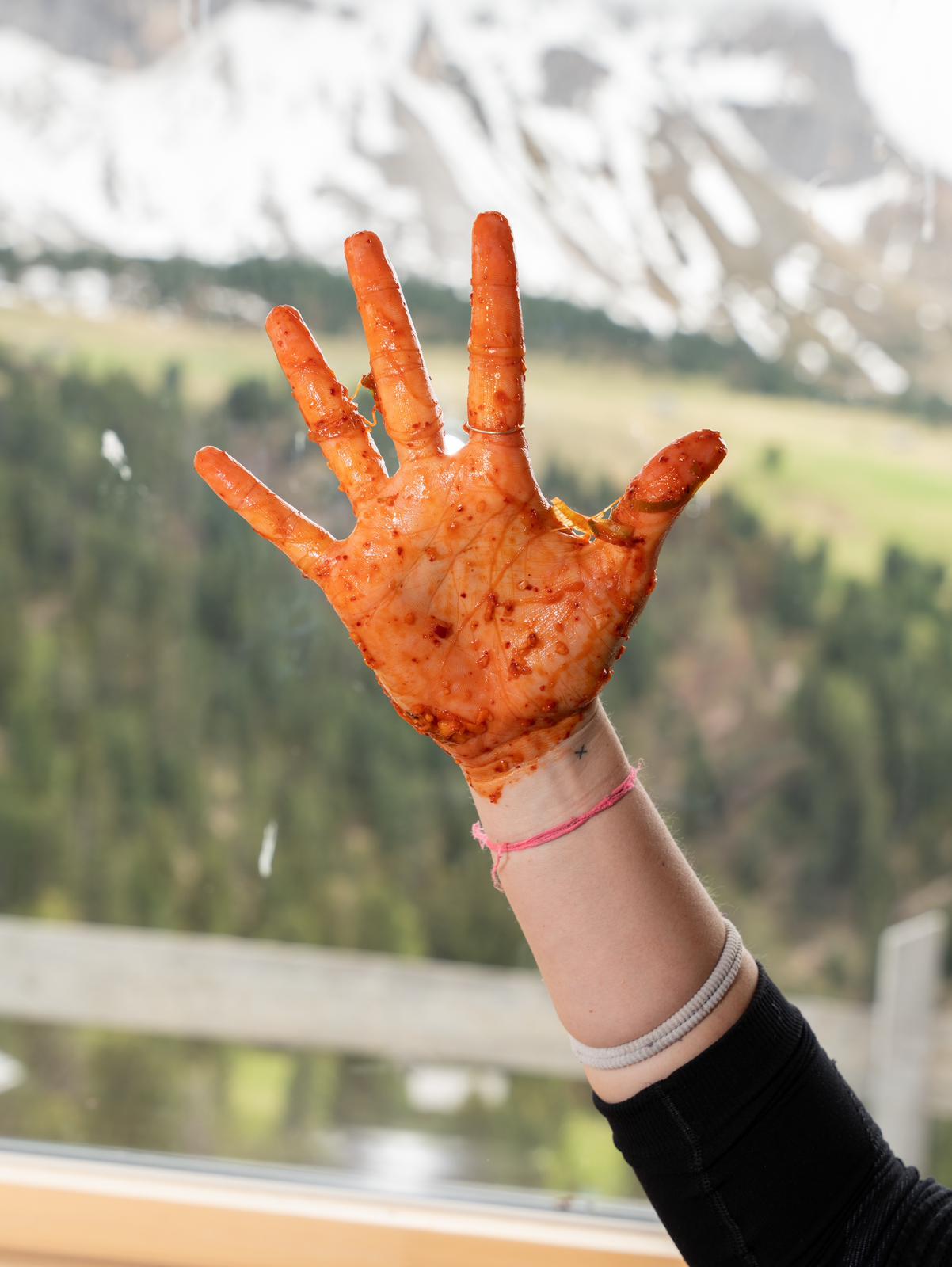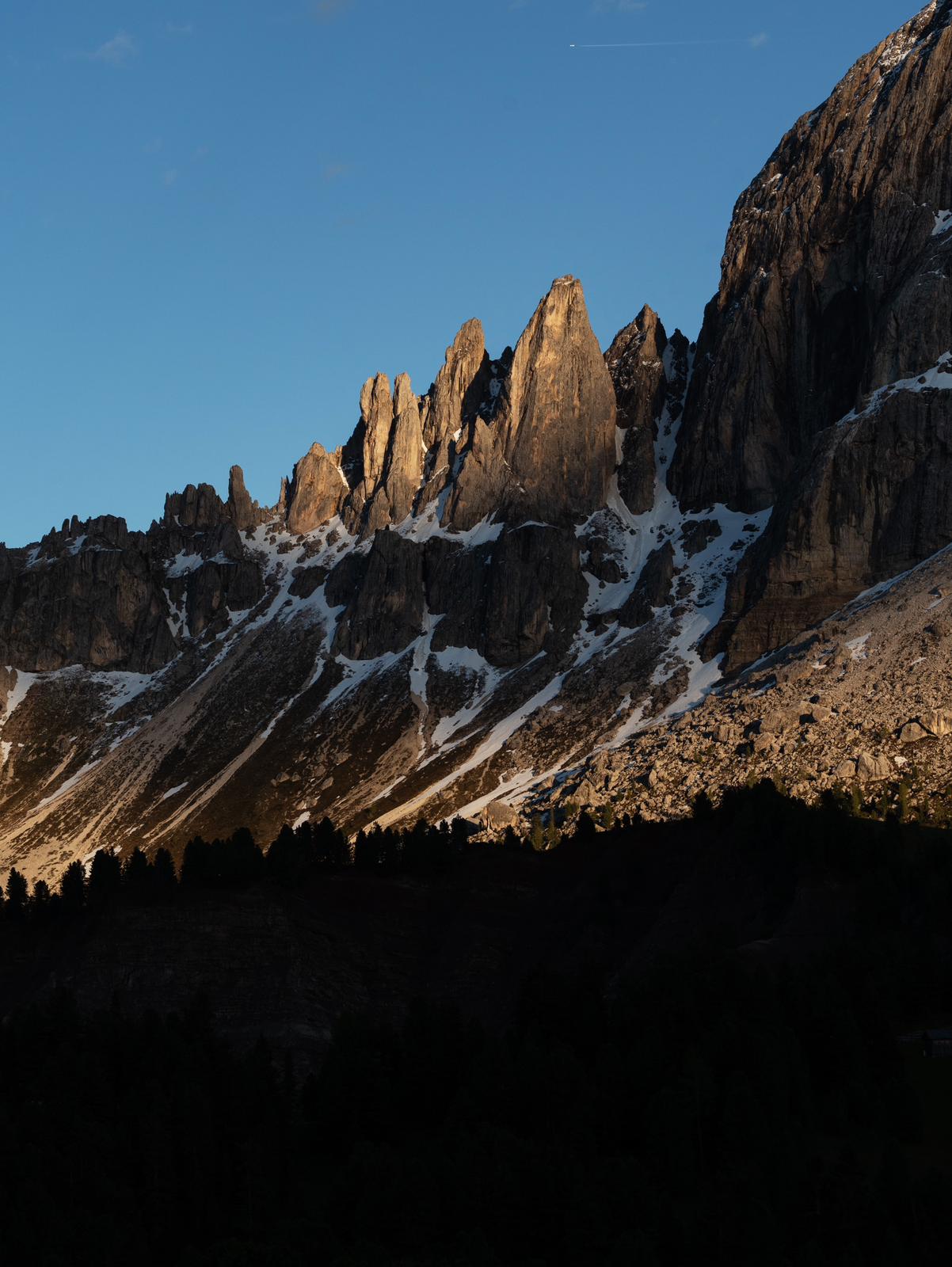content
Since its beginning, Little Fun Palace has left behind the representational distance cultivated by art institutions. Guests and audiences have mingled in a flawless strip of events designed for different surroundings and contents. I always believed that this openness, this capacity to welcome uncertainty from a manifold of micro-ecologies of different guests, could lead the Caravan to an expansion of the discipline of theatre-making. And yet, its ever-changing agenda didn’t allow experimenting a specific knowledge-process entailed into the Caravan itself, in the particular space that Little Fun Palace is and represents. We have never reached a scientific rigour necessary to establish the Caravan as a nomadic school.
To fulfil this gap, the caravan becomes a platform resonating OHT’s research on theatre and set-designing in relation to natural and urban spaces. A discourse that does not ignore the place where it occurs; a Caravan designed as a flexible framework where different spaces can be plugged in. As suggested by architect Cedric Price, Little Fun Palace has its ultimate goal in the possibility of change at the behest of its users and content. Consequently, the nomadic school will re-think the shape of the Caravan every time a public programme will be hosted. Specific designed components will immerge Little Fun Palace in its surroundings. By designing and building further features of Little Fun Palace, we will deepen its position into society, its position in the world, its geographical position. The Caravan will be simultaneously a study of the world as well as a part of it echoing Cedric Price’s educational ideas of making flexible architecture to have an actual impact on our world. A Caravan denying hierarchical transmission of knowledge to connect set-design and theatre to real life and avoiding separations between moments of learning, of fun, of encounter, of collectiveness and moments of individuality
when
where
Sas de Pütia, Val Badia
mentors
> Industria Indipendente (Martina Ruggeri, Erika Z. Galli)
Their artistic process crosses different languages and practices, in an endless search for affinity, epidermal sensitivity and glance. Their works focus on articulating issues like the relationship between human beings and nature, the dimension of "unproductive" time and the construction of alternative and fictional worlds in which to build communities and alliances.
> Lilian Fraiji (curator and activist)
Lilian Fraiji is an activist, curator and producer based in the Amazon, Brazil. She is the Co-Founder of Labverde, a platform dedicated to the development of multidisciplinary content involving Art, Science, Traditional Knowledge and Ecology. She has curated several art exhibitions involving the subject of climate crisis and nowadays she is collaborating with the Forest Project (Invisible Flock-UK), the Art and Environment Program of University of Arts London.
> Lucia Pietroiusti (curator)
Lucia Pietroiusti is curator, programmer and strategist. She is Head of Ecologies at Serpentine, London, where she founded the General Ecology project. Working at the intersection of art, ecology and systems, she is the curator of the opera-performance Sun & Sea; and the co-editor of More-than-Human (2020).
> smach (Michael Moling / Stefano Riba)
> Michael Scerbo (
> Job Rietvelt (creative producer)
> Prinoth Herwig (
participants
Giulia Odetto
Michael Bekele
Maria Isidora Vincentelli
Johanna Gratzer
Flavia Prestininzi
Gianni Laneri
Andy Peruccon
Marlene Aigner
May Abnet
Inès Panizzi
Beatrice Citterio
Prathima Muniyappa
production history
from 26.VIII to 30.VIII.20 > Mountain Bondone, natural biotope, Trentino > a.s.l. 1600 > I Nomadic School
from 23.VIII to 29.VIII.21 > Mountain Bondone, natural biotope, Trentino > a.s.l. 1600 > II Nomadic School
from 25.VI to 03.VII.22 > Vajolet’s towers, Trentino > a.s.l. 2243 > III Nomadic School
from 15.VI to 26.VI.23 > Adamello Brenta Natural Park, Trentino > a.s.l. 1860 > IV Nomadic School
number of editions
5
